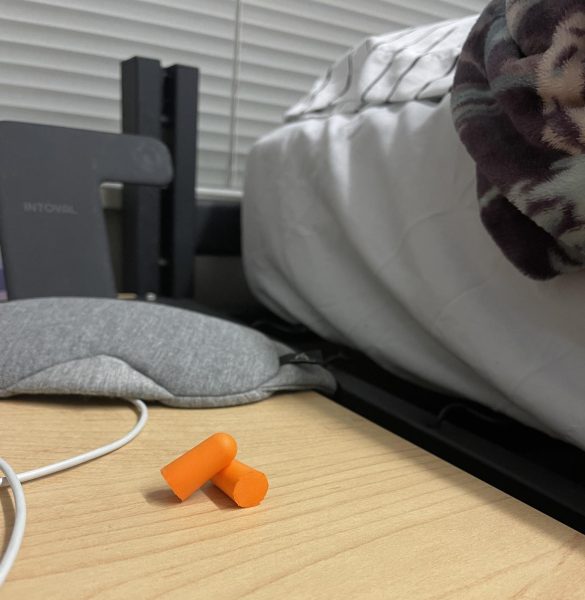Be informed about the signs of intimate Partner violence
October 24, 2014
Purple ribbons, tabling and Take Back the Night are all a part of the October ritual of raising awareness about domestic violence. As college students, we may feel somewhat disconnected from the issue of intimate partner violence and don’t feel compelled to participate in this month of advocacy. However, I think it is important that we educate ourselves on the subject of intimate partner violence so that we can detect the signs if we or someone we know is affected
The way that intimate partner violence is portrayed in the media as a vivid picture of a husband and wife in a domestic setting. It is an image we have seen many times. I do not want to detract from the seriousness of violence in the home, of course.
With this image presented to us so often however, why should we really be invested in this month of awareness? It is hard to motivate a campus in solidarity against something many feel they won’t be affected by.
According to the National Coalition Against Domestic Violence, one in five women have experienced severe violence by a partner in their lifetime. Likewise, one in seven men have experienced severe violence by a partner in their lifetime. As troubling as these stats are on their own, they also make it seem as though violence between partners only happens in homes, not to us who are in college.
Well, according to Louisiana Coalition Against Domestic Violence, 34 percent of victims who died as a result of domestic violence situations were between the ages of 18 and 30.
That’s us: the bulk of the people who fall into that category are college-aged people. It may seem preposterous or totally impossible for something like this to happen in a college setting, but it happens.
Abuse comes in all forms, and sometimes is nearly undetectable. Just because a couple does not live together does not mean that abuse does not happen.
Violence between partners can happen outside of the home. It can happen in a new relationship or in a serious, long-term one. I think it is just important to understand that this is an all-encompassing issue. No race, religion, orientation or socioeconomic group is exempt from its effects.
Because we’re college students and likely don’t live with the person we’re in a relationship with, it may be difficult to tell when and if we’re in an abusive relationship — or if someone else we know is. Some common signals of abusive behavior that may seem familiar to us as college students are undue jealousy, emotional manipulation and stalking. Other signals are possessive behavior, aggressively checking of a partner’s phone or social media and isolating the partner from peers and family.
This hasn’t all been to scare you. This is to inform of you why it is so important that we participate in Domestic Violence Awareness month.
A great opportunity to do this is by going to Take Back the Night, which is on Oct. 29th. This is a walk of solidarity against sexual violence that begins in Loyola’s horse shoe.
If you have further questions, please reach out to either Julie Thibodeaux, the Director of the Women’s Resource Center or myself.
I ask that we all take the time this October to educate ourselves on how to detect the signs of abuse so that we are better prepared to handle situations that may occur to us or our peers.
















